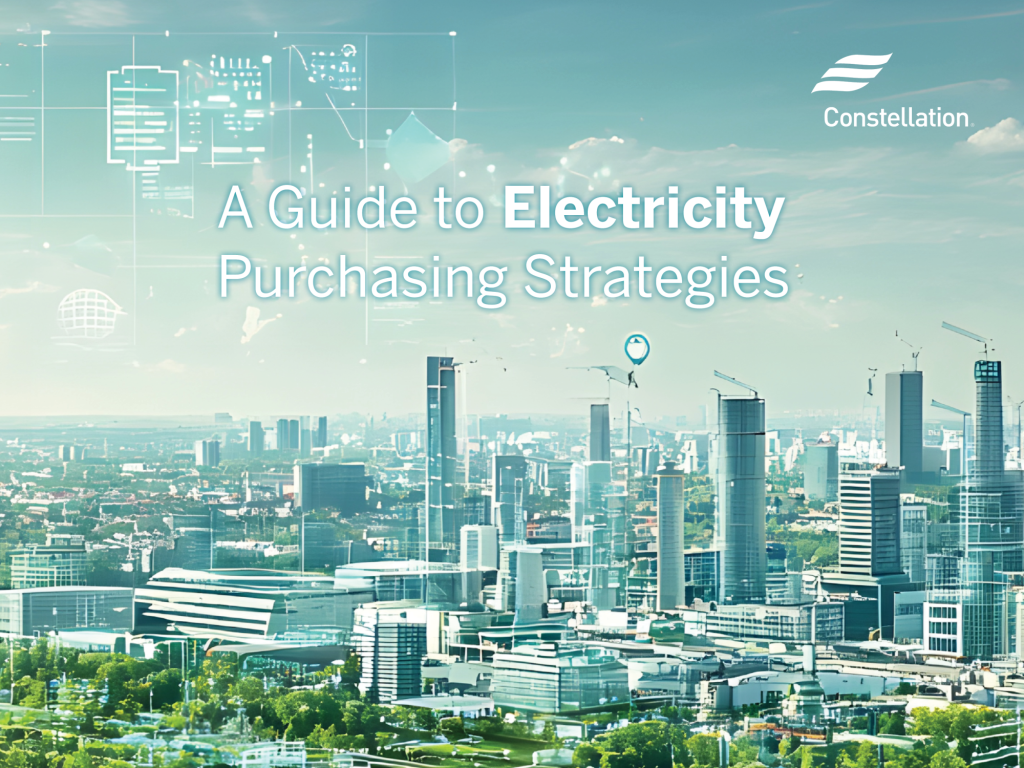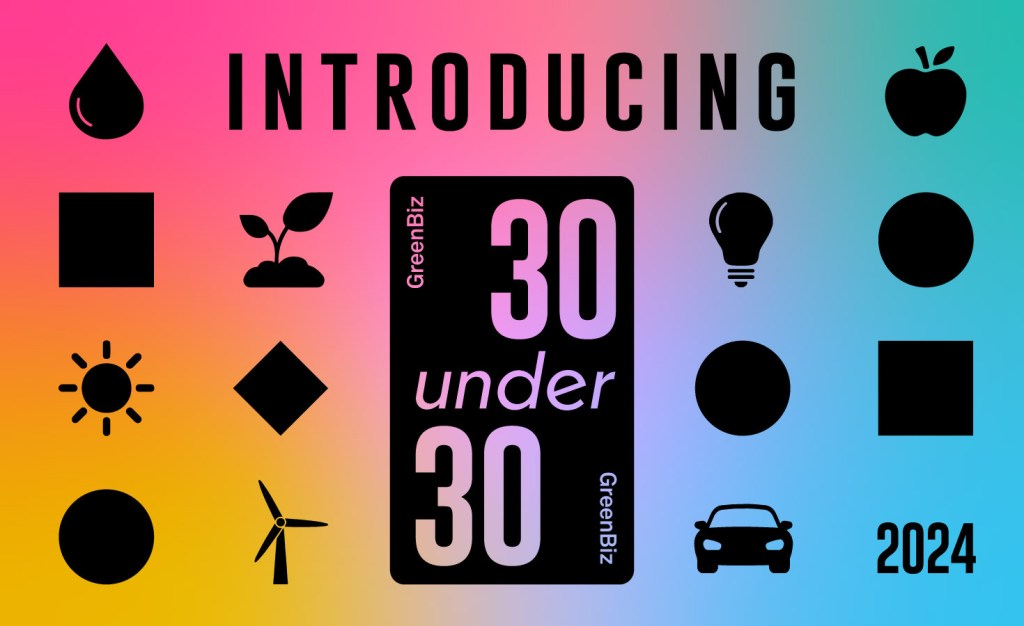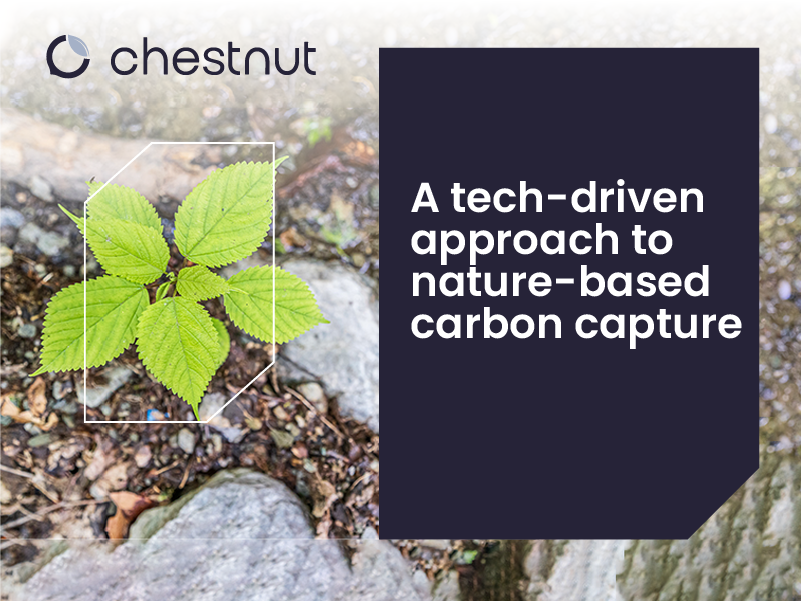Stakeholder engagement: How Enviva moved from crisis to collaboration
Facing criticism, the biomass company reached outward. Read More

For the corporate sustainability leader, stakeholders can be a goldmine of valuable information, resources and support. Stakeholder engagement strategy is often reduced to a clinical process of mapping and assessing and project managing. But within that process are real live people and dealing with us humans can be messy. In this four-part series, we explore some essential skills and mindsets you and your team can build trusted partnerships with your stakeholders. Read the past articles here, here and here.
I’m writing this from Wilmington, North Carolina, where Enviva’s stakeholder advisory group, a motley crew of NGOs, scientists, foresters, loggers and government agencies, is gathering one last time. We’re brainstorming ways to encourage family forest owners to conserve and restore bottomland forests in the coastal plains of Virginia and North Carolina.
I’m struck by how much this company has evolved in a few years, and chalk a lot of that up to the people in this room who were willing to co-create solutions with Enviva, and its ability to listen.
When I first met my client Enviva, a publicly traded company that sells biomass pellets to the European energy market, it was in the midst of responding to a campaign criticizing its procurement in southern U.S. bottomland forests. Although its leadership seemed to care deeply about corporate social responsibility, as a relatively young corporation, it didn’t have much practical experience working with stakeholders or navigating the complexities of creating a comprehensive sustainability strategy. And the team wasn’t sure how to respond to the campaign. But they had what Carol Dweck calls a “growth mindset” — willing and eager to learn.
So Enviva partnered with the U.S. Endowment for Forestry and Communities to figure out how to address the issues being raised in a science-based manner, also considering the needs of their stakeholders such as the small family forest owners from whom it purchased wood. First, Enviva put an immediate moratorium on purchasing wood from forest types believed widely to have a High Conservation Value (HCV).
It and the endowment then convened a “Blue Ribbon” panel of academics, environmental groups, government agencies, suppliers and landowner representatives to better understand the issues raised by the campaigners and to develop viable options for solutions. Through a co-design process, the group identified priorities for action.
Enviva then created a Bottomland Hardwood Taskforce, comprising many of the panelists, to further flesh out priorities, which included revising its procurement system to identify HCVs more comprehensively and systematically; building capacity with suppliers to implement their policies; and promoting bottomland restoration with the private landowners from whom they bought wood.
As the trust among the group strengthened, and all the participants practiced active listening, Enviva explored incorporating many of their recommendations into its sustainability program.
One taskforce participant, Amanda Mahaffey of the Forest Stewards Guild, described her experience:
We all come from different backgrounds and we’re here working together to try to figure out how we can best manage this amazing resource. Nobody has all the right answers, but it’s only by working together through these difficult questions that we can move in a positive direction. I was struck by the fact that in the same room, you had a logger being vocal about his views, an ecologist being vocal about his views, and Enviva, the biomass company, was listening to all of it very intently.
Although the taskforce is at the end of its term, participants agreed to continue to collaborate on bottomland restoration and sustainable management. And now the company’s foresters are working with partners to use their wood procurement to conserve and restore other critical ecosystems, such as long-leaf pine forests.
What began as a crisis management exercise has evolved into a collaborative stakeholder platform that feeds into Enviva’s business operations and strategy, enabled by formal policies, governance structure, performance indicators, internal capacity to respond and an ongoing enterprise-wide learning process. Any company can gain value from working with stakeholders, no matter where it is on the maturity curve.
To learn more about how to work effectively with stakeholders on your sustainability program, join Catalynics for a free webinar Sept. 12.












